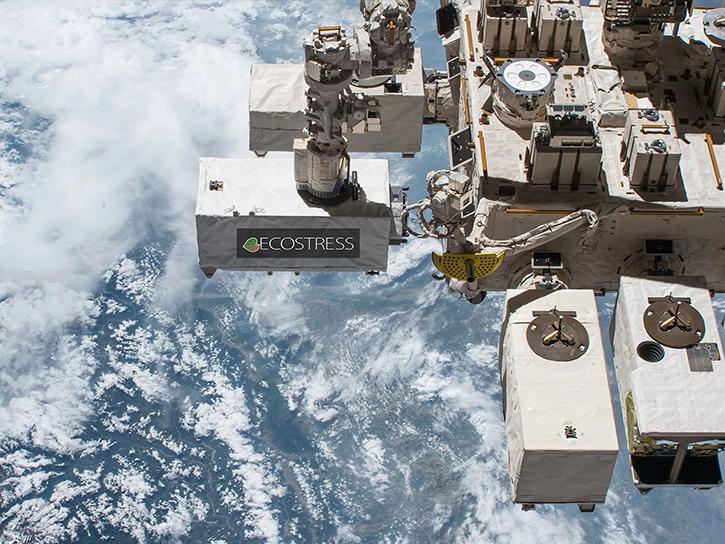N: 90 S: -90 E: 180 W: -180
Description
The Terra and Aqua combined MCD64A1 Version 6.1 Burned Area data product is a monthly, global gridded 500 meter (m) product containing per-pixel burned-area and quality information. The MCD64A1 burned-area mapping approach employs 500 m Moderate Resolution Imaging Spectroradiometer (MODIS) Surface Reflectance imagery coupled with 1 kilometer (km) MODIS active fire observations. The algorithm uses a burn sensitive Vegetation Index (VI) to create dynamic thresholds that are applied to the composite data. The VI is derived from MODIS shortwave infrared atmospherically corrected surface reflectance bands 5 and 7 with a measure of temporal texture. The algorithm identifies the date of burn for the 500 m grid cells within each individual MODIS tile. The date is encoded in a single data layer as the ordinal day of the calendar year on which the burn occurred with values assigned to unburned land pixels and additional special values reserved for missing data and water grid cells.
The data layers provided in the MCD64A1 product include Burn Date, Burn Data Uncertainty, Quality Assurance, along with First Day and Last Day of reliable change detection of the year.
Known Issues
- For complete information about known issues please refer to the MODIS/VIIRS Land Quality Assessment website.
Improvements/Changes from Previous Versions
- The Version 6.1 Level-1B (L1B) products have been improved by undergoing various calibration changes that include: changes to the response-versus-scan angle (RVS) approach that affects reflectance bands for Aqua and Terra MODIS, corrections to adjust for the optical crosstalk in Terra MODIS infrared (IR) bands, and corrections to the Terra MODIS forward look-up table (LUT) update for the period 2012 - 2017.
- A polarization correction has been applied to the L1B Reflective Solar Bands (RSB).
Product Summary
Citation
Citation is critically important for dataset documentation and discovery. This dataset is openly shared, without restriction, in accordance with the EOSDIS Data Use and Citation Guidance.
Copy Citation
File Naming Convention
The file name begins with the Product Short Name (MCD64A1) followed by the Julian Date of Acquisition formatted as AYYYYDDD (A2025152), the Tile Identifier which is horizontal tile and vertical tile provided as hXXvYY (h06v03), the Version of the data collection (061), the Julian Date and Time of Production designated as YYYYDDDHHMMSS (2025220161136), and the Data Format (hdf).
Documents
USER'S GUIDE
ALGORITHM THEORETICAL BASIS DOCUMENT (ATBD)
PRODUCT QUALITY ASSESSMENT
SCIENCE DATA PRODUCT VALIDATION
Dataset Resources
Publications Citing This Dataset
Variables
Variables are a set of physical properties whose values determine the characteristics or behavior of something. For example, temperature and pressure are variables of the atmosphere. Parameters and variables can be used interchangeably. Variable level attributes provide individual information for each variable.
The Name in this table is the variable name. Fill value indicates missing or undefined data points in a variable. Valid range is the range of values the variable can store. Scale factor is used to increase or decrease the size of an object and can be used to correct for distortion. For questions on a specific variable, please use the Earthdata Forum.
| Name Sort descending | Description | Units | Data Type | Fill Value | Valid Range | Scale Factor |
|---|---|---|---|---|---|---|
| Burn Date | Burn day of year | Day | int16 | -2 | 1 to 366 | N/A |
| Burn Date Uncertainty | Estimated uncertainty in burn day | Day | uint8 | 0 | 0 to 100 | N/A |
| First Day | First day of the year of reliable change detection | Day | int16 | -2 | 1 to 366 | N/A |
| Last Day | Last day of the year of reliable change detection | Day | int16 | -2 | 1 to 366 | N/A |
| QA | Quality Assurance Indicators | Bit Field | uint8 | N/A | 0 to 255 | N/A |
